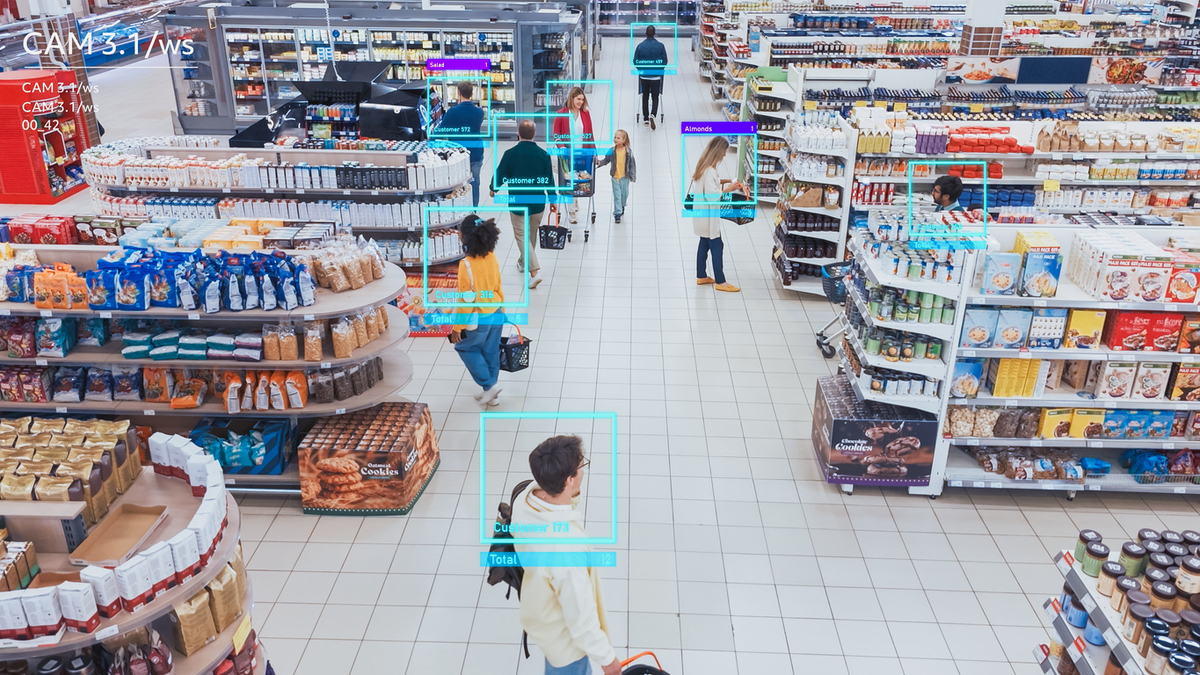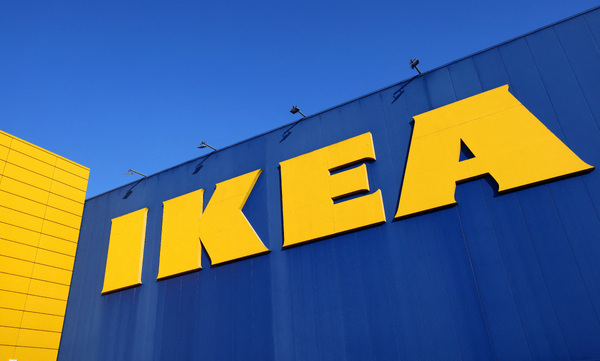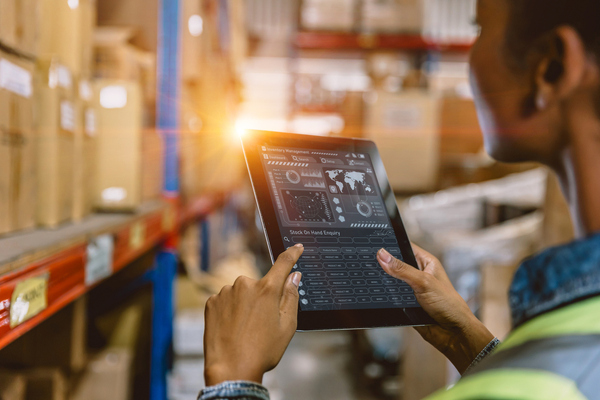Enhancing retail with back-office technology
Jeremy Swinfen Green describes some of the ways back-office retail technology can radically improve customer experience

When retail leaders talk about transforming customer experience, the conversation often turns to front-end innovations such as interactive displays, mobile apps, personalised marketing and self-service checkouts.
These technologies, while they are important, only tell half the story. The real foundation of an excellent customer experience lies behind the scenes, in the operational technology that enables fast, reliable and efficient service.
Retailers who invest in modern operational technologies such as AI-powered inventory management, dynamic pricing engines and intelligent loss prevention are building the infrastructure for highly satisfying customer experiences that build loyalty and drive long-term growth.
AI-driven inventory management
Customer experience begins with availability. If a shopper can’t find what they want, they will quickly lose interest. But it’s a major challenge to manage thousands of SKUs across multiple locations, channels and supply chains. This is where artificial intelligence (AI) steps in.
Modern inventory management systems powered by AI can analyse very large quantities of data, from historical sales and seasonal trends to local events and weather forecasts. This data can be used to make real-time decisions about stock replenishment, allocation and distribution. Overstocks can be reduced, but so can frustrating stockouts. Retailers can be confident that the right products are in the right place at the right time. And their customers benefit from well-stocked shelves, accurate click-and-collect options and reliable delivery timelines.
These systems can be combined with supply chain visibility platforms that provide real-time tracking of goods from suppliers to stores or distribution centres. By providing managers with this visibility, delays in product availability caused by supply chain disruptions can be prevented or mitigated with other stock. In addition, customers can be given more accurate information about delivery estimates for online orders and in-store pickups.
And once the inventory arrives in store, automated replenishment systems can come into play, using predictive analytics to trigger reorders automatically, based on real-time sales and inventory levels. As a result, stockouts, especially for high-turnover or seasonal items, can be prevented.
Dynamic pricing
Pricing is one of the most powerful levers a retailer can pull. But it’s complicated to manage. Static pricing models cannot respond to rapidly changing marketplaces. This means that retailers may be undercut by competitors or lose margin through missed opportunities for higher pricing.
Dynamic pricing tools use algorithms to analyse inventory levels and competitor pricing and then layer on changing customer behaviour driven by marketing, fashion or even external factors such as the weather. This technology can have a massive impact on the customer experience.
Firstly, it ensures competitiveness: if a customer sees an item they are looking to buy at a cheaper price elsewhere, they will question the value your brand offers. Dynamic pricing keeps you in line with the market. Second, it enables agility. Promotions can be tailored, based on local demand, time of day or inventory pressure, and customers can be notified instantly that prices are dropping.
Smart pricing builds trust and positions retail brands as having a deep understanding of customers and the market.
Loss prevention through computer vision
Modern approaches to loss prevention extend beyond theft detection and focus on operational efficiency. Computer vision systems can monitor footfall and queue lengths in real-time, enabling managers to move staff to checkouts as needed. Computer vision can even help identify misplaced stock or shelves that need restocking.
By focusing on reducing friction and streamlining operations, frontline employees can be freed to focus on service, such as answering customer queries, and that translates directly into a more pleasant shopping experience.
Returns management platforms
It’s inevitable that even happy customers will sometimes want to return items. Managing this part of the retail process is just as important as making the sale in the first place. Indeed, a happy experience when making a return can transform a customer from a casual shopper to a brand advocate.
Returns management platforms streamline and automate the returns process across physical and digital channels, making returning products simple, fast and transparent and enabling customers to benefit from faster, even instant, refunds and exchanges. There are benefits for the retailer as well. The costs of managing returns can be considerably reduced, and insights into return reasons can be generated, helping to improve product descriptions, sizing and overall merchandising strategy.
Back-office investment, frontline impact
Too often, investments in retail tech are categorised into “customer-facing” and “back-office”. But this is a false dichotomy. Every back-office improvement, whether it’s faster inventory turnover, more accurate pricing, or improved stock security, touches the customer directly.
For senior decision-makers, operational technology should no longer be seen as a cost centre. When deployed strategically, it becomes a value generator, enhancing efficiency, increasing sales, reducing waste and, most importantly, improving the customer experience.
Customer expectations are rising, and loyalty is increasingly fragile. In this environment, operational excellence isn’t a nice-to-have, it’s a competitive imperative.

Jeremy Swinfen-Green
Most Viewed
Winston House, 3rd Floor, Units 306-309, 2-4 Dollis Park, London, N3 1HF
23-29 Hendon Lane, London, N3 1RT
020 8349 4363
© 2025, Lyonsdown Limited. Business Reporter® is a registered trademark of Lyonsdown Ltd. VAT registration number: 830519543





